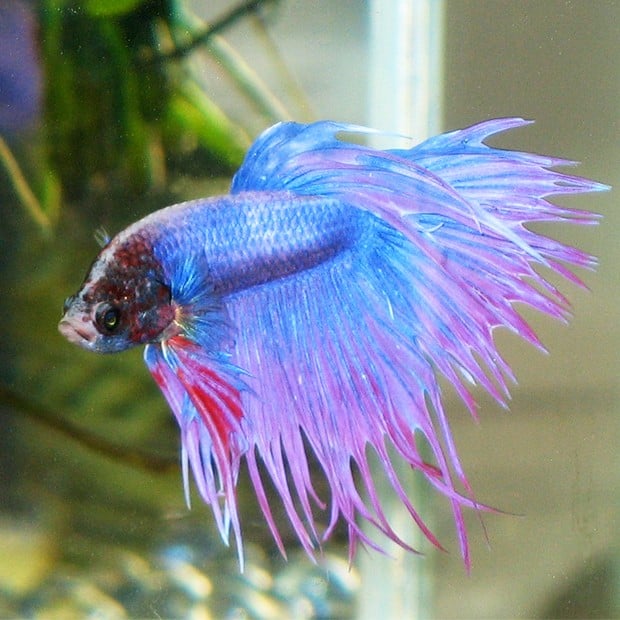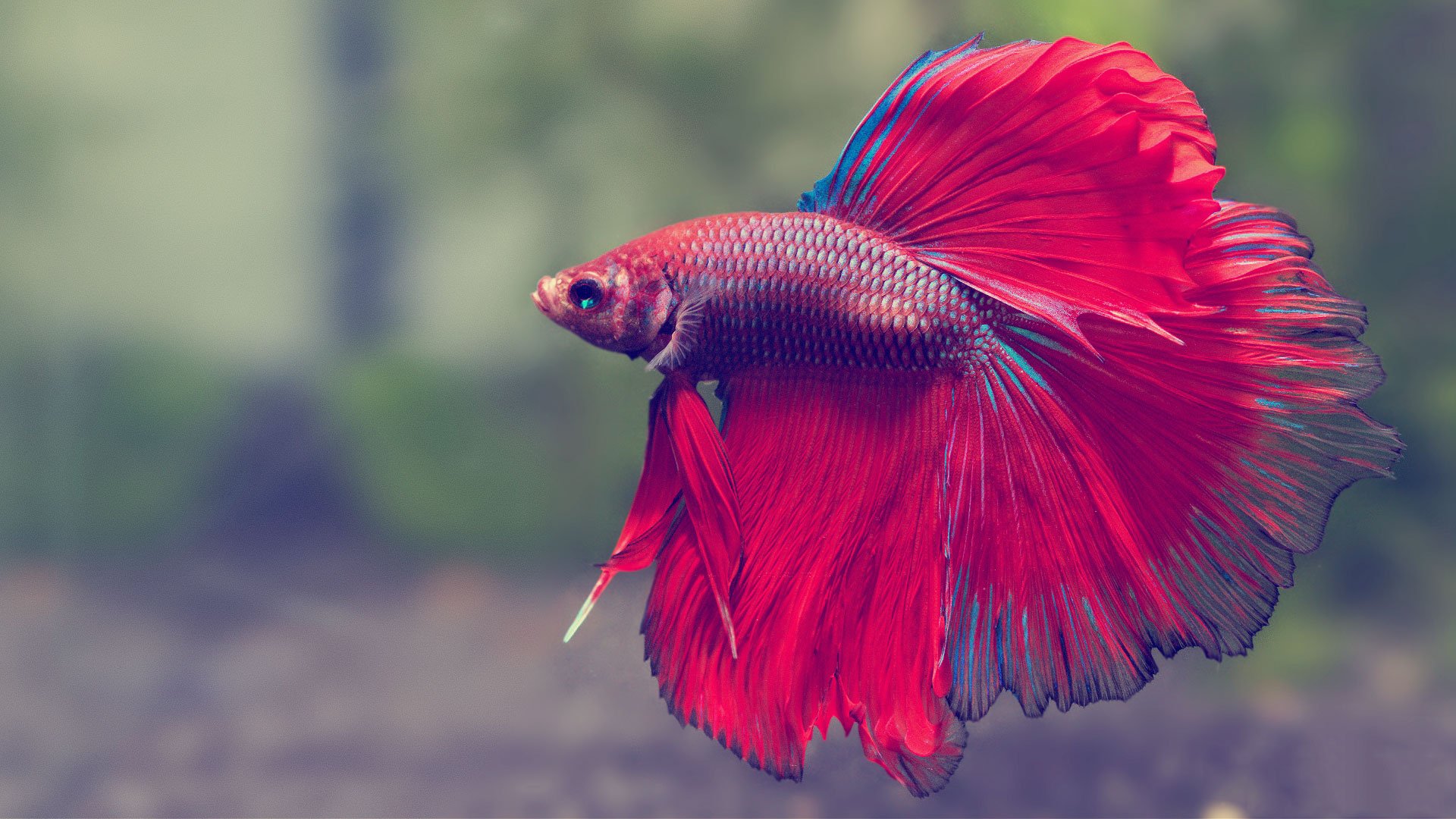Betta Fish Treatment: Essential Tips for a Healthy and Pleased Family Pet
Betta Fish Treatment: Essential Tips for a Healthy and Pleased Family Pet
Blog Article
Just How to Breed Betta Fish Effectively: Specialist Methods and Insights for Hobbyists Wanting To Expand Their Betta Collection
Breeding Betta fish calls for a nuanced understanding of genes and environmental conditions, making it essential for enthusiasts to approach the procedure with both persistance and care. Creating an optimum reproduction environment, choosing the right sets, and observing the intricacies of their courtship habits are foundational steps that can dramatically influence the outcome. Furthermore, the succeeding care of the fry is vital for ensuring their healthy advancement. As we explore these vital components, it ends up being clear that effective breeding is not practically the first pairing yet encompasses a wider technique that values careful consideration.
Understanding Betta Fish Genes
Recognizing the genetics of Betta fish is critical for successful breeding, as it influences attributes such as color, fin form, and behavior. Betta fish display a varied array of colors and patterns, mainly figured out by their genetic make-up. The main genetics accountable for coloration consist of the "B" genetics for blue, "D" genetics for red, and the "C" genetics for color intensity. Dog breeders can adjust these attributes by selecting details parent fish that exhibit preferred qualities.
In enhancement to coloration, fin morphology is another significant facet of Betta genetics (betta fish). The sizes and shape of fins are influenced by different genetics, consisting of those that determine whether the fins are brief, long, or veil-shaped. Recognizing these genetic variations assists dog breeders anticipate the phenotypic outcomes of their children
Additionally, behavioral characteristics such as aggressiveness and territoriality can likewise be influenced by genetics. These actions play a crucial role in the reproducing process, as they can influence generating success and the general personality of the resulting fry. By thoroughly understanding these hereditary concepts, dog breeders can make enlightened choices, eventually enhancing their breeding programs and achieving desirable results.
Preparing the Reproduction Environment
Creating an optimal reproduction environment is vital for the effective reproduction of Betta fish. The very first step in preparing this setting is to choose an appropriate reproduction storage tank, ideally ranging from 5 to 10 gallons. This size permits sufficient swimming space and the establishment of regions. The storage tank should be geared up with a heating system to keep a stable temperature level in between 78 ° F and 80 ° F, which is essential for urging generating actions.
Following, consider using a sponge filter or an air rock to offer gentle water blood circulation without developing solid currents that can worry the fish. It is essential to set up plants or breeding cones to provide concealing spots and advertise comfort for the female throughout the spawning procedure. Floating plants, such as Java moss or water sprite, can likewise develop a much more natural surroundings while facilitating bubble nest building by the man.
Before presenting the reproducing sets, make sure the water is conditioned and without harmful chemicals, such as chlorine or hefty steels. betta fish. Routine water adjustments should be performed to keep optimal water high quality, enhancing the opportunities of successful breeding. With these preparations in location, the breeding atmosphere will certainly support the wellness and health of both Betta fish
Selecting Reproduction Pairs
Selecting the best reproduction sets is crucial for accomplishing successful Betta fish reproduction. Healthy Betta fish exhibit lively colors, clear eyes, and active actions.
Character is another important factor to consider, as Betta fish are known for their aggressive nature. It is a good idea to pick a male and female that display compatible characters to decrease stress throughout the reproducing process. A calm man can encourage a smoother courtship, while a lady that is as well hostile might interfere with the process.
Genetic background likewise plays a significant function in the top quality of the offspring. Reproducing fish that are genetically varied can minimize the danger of hereditary health problems and improve the total vigor of the fry. It is valuable to research the lineage of both the male and female, focusing on preferable attributes such as fin kind, shade patterns, and size.
The Breeding Process
The breeding procedure of Betta fish needs mindful planning and attention to information to guarantee why not find out more a successful outcome. It is essential to prepare a suitable breeding tank, preferably a 5-10 gallon fish tank with a temperature level preserved at 78-80 ° F. The storage tank ought to be furnished with a heating unit, filter (ideally sponge kind to avoid solid currents), and lots of aquatic plants for the lady to hide.
Once the environment is set, present the selected reproducing set to the storage tank, permitting them to acclimate. Observe their behavior; the man will present fancy courtship rituals, including flaring website link his fins and constructing a bubble nest. If the woman reveals passion, she will display upright stripes suggesting preparedness for spawning.
When the female is responsive, the pair will certainly involve in a breeding embrace, throughout which the male feeds the eggs. Preserving optimum water conditions during this duration is crucial for the growth of healthy Betta fry.
Caring for Betta Fry

Feeding Betta fry is vital, as they need a diet high in healthy protein. Originally, they can be fed infusoria or liquid fry food, transitioning to carefully crushed premium pellets as they grow. Feed little sections multiple times a day to encourage healthy and balanced growth without overwhelming the tank with uneaten food.

As they develop, check their growth closely and divide any type of aggressive individuals to avoid injury. By supplying a supporting environment and appropriate nourishment, enthusiasts can effectively elevate Betta fry into vivid, healthy and balanced fish, eventually enhancing their breeding undertakings.
Conclusion
Effective Betta fish reproduction needs precise attention to genetic choice, ecological conditions, and treatment for the fry. By comprehending the genetics of Betta fish and preparing a suitable reproduction environment, hobbyists can enhance the opportunities of producing lively, healthy and balanced spawn. Choosing suitable breeding sets and closely monitoring the courtship and spawning procedures are necessary. Providing optimal care for the fry ensures their healthy and balanced growth, adding to a flourishing Betta collection.
Report this page